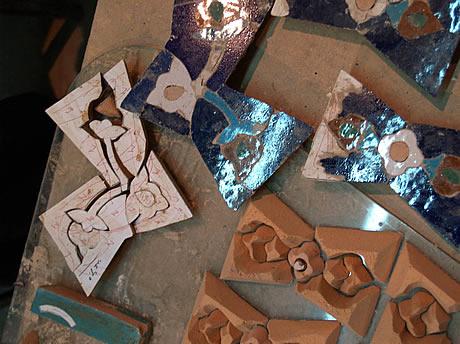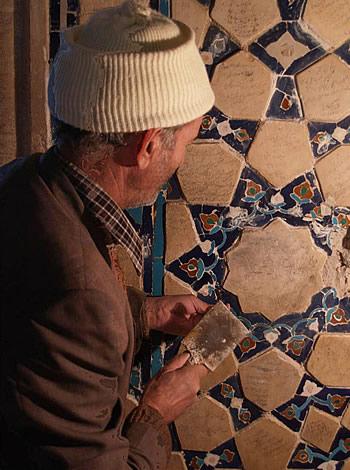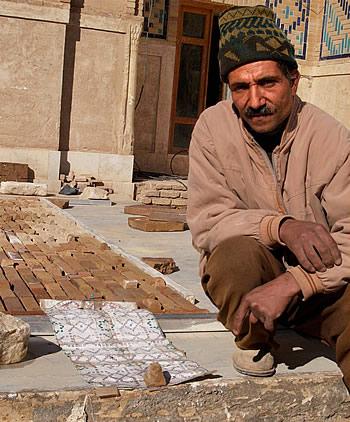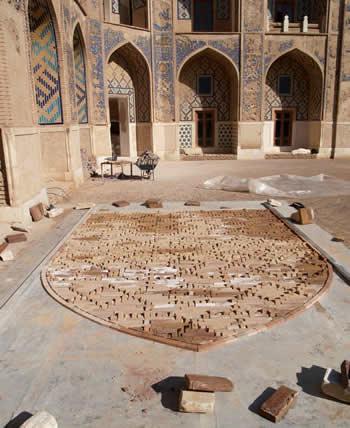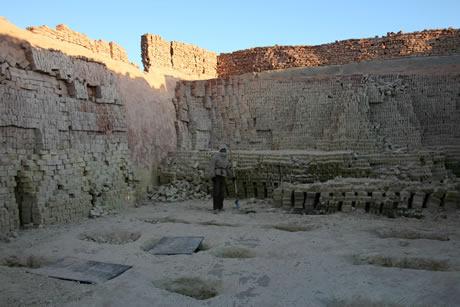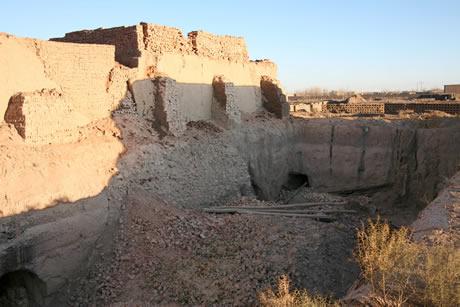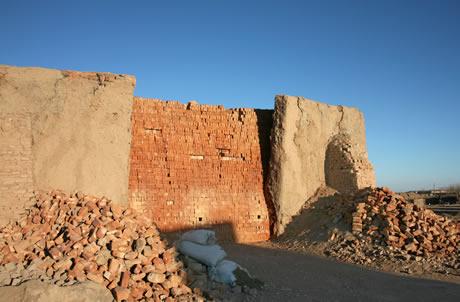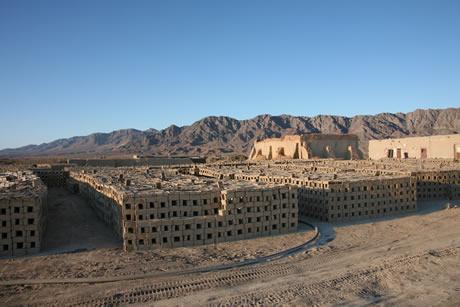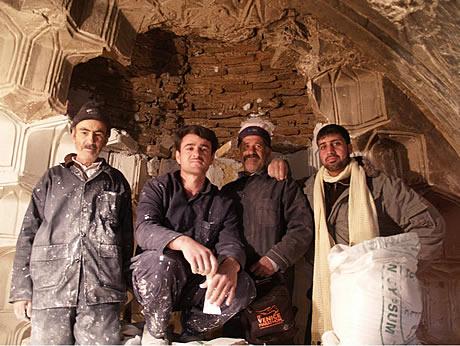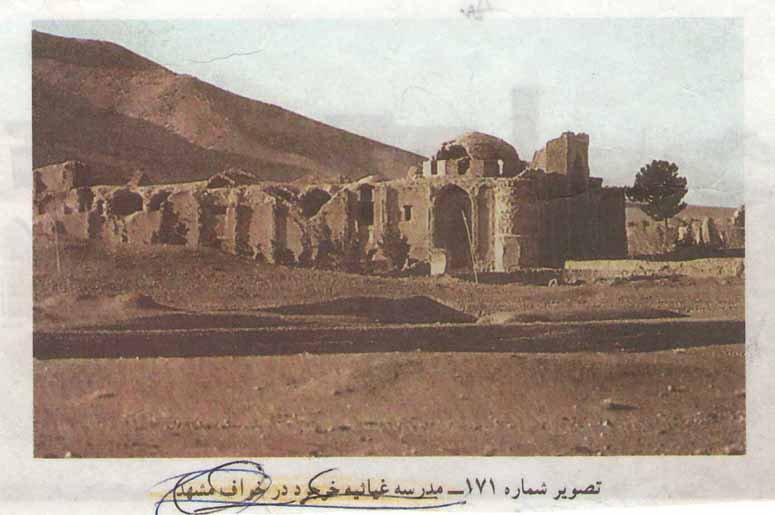Ceramic Tiling
The small pieces making up the faience can be seen here: with the carefully drawn out paper guides stuck on tiles to left; the face-down pieces at bottom, waiting to be attached together; and the perfectly interlocking pieces at left (with some of the paper still to be removed). [C.T.4]
